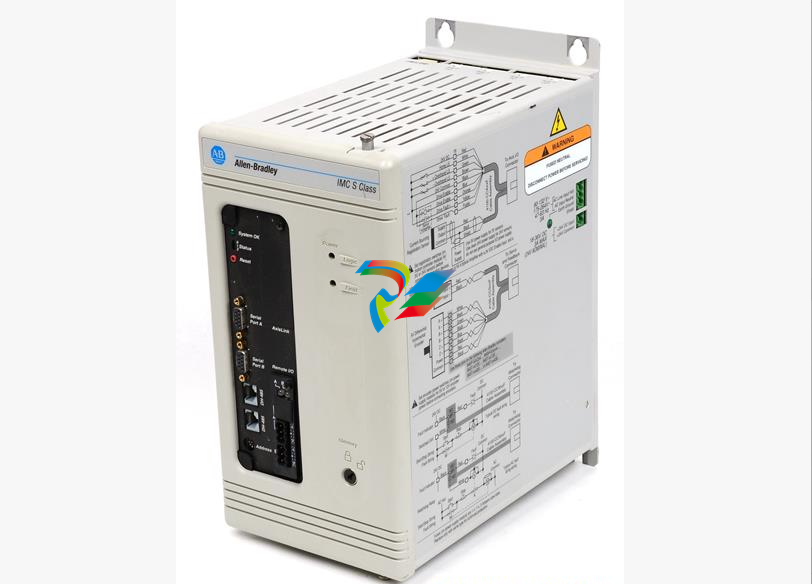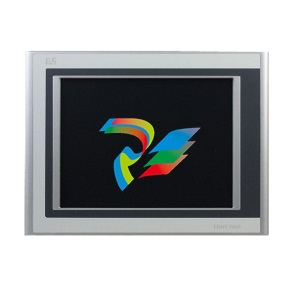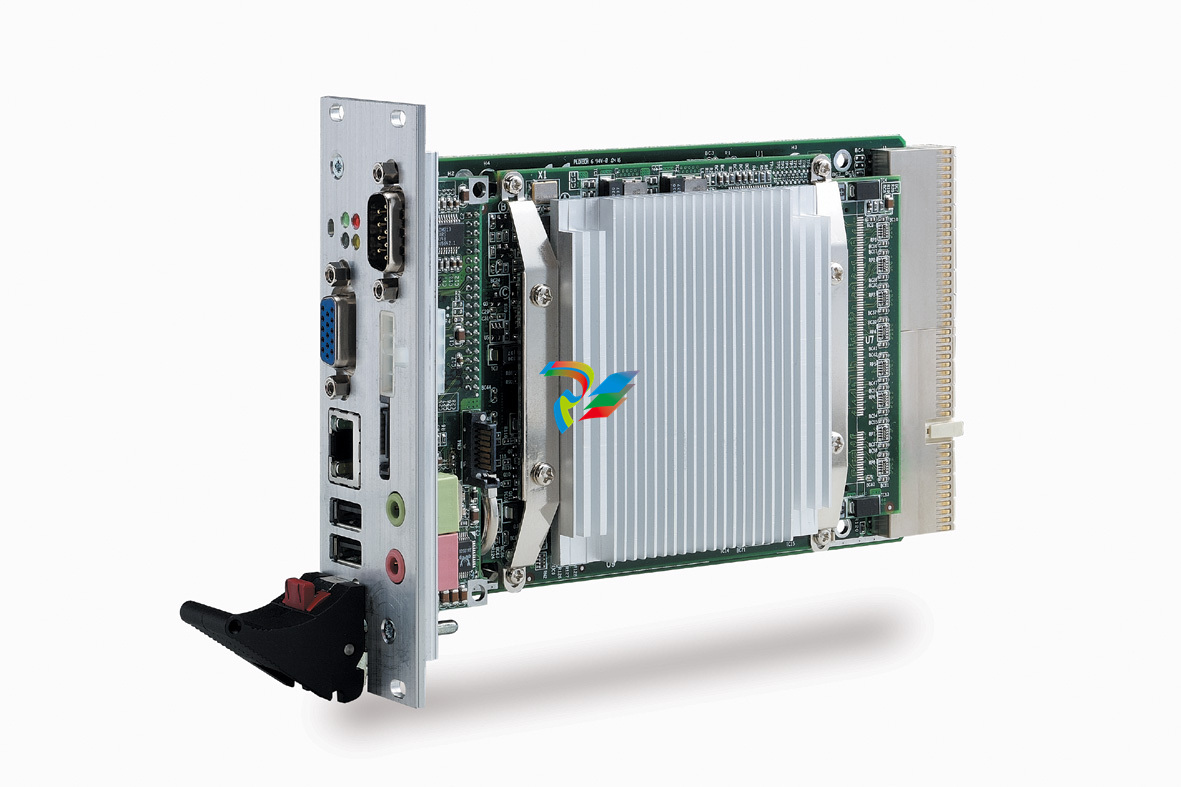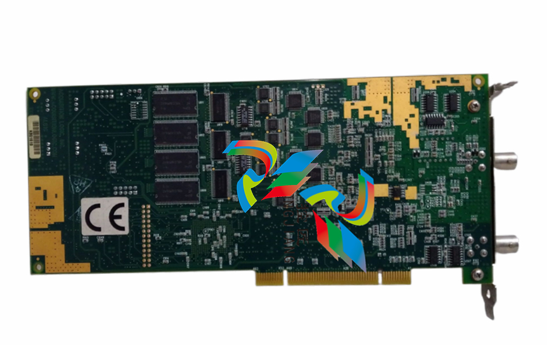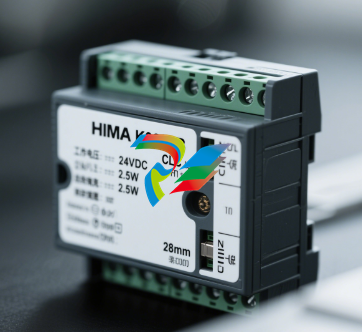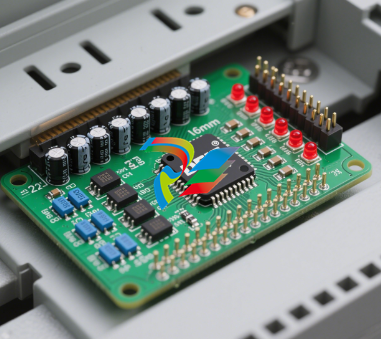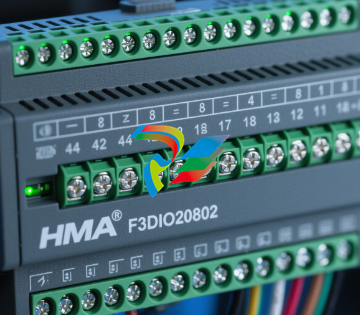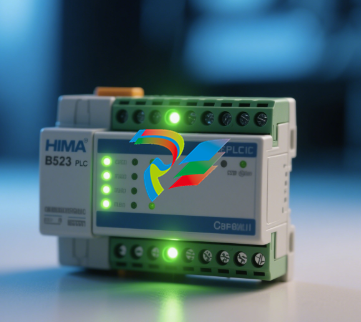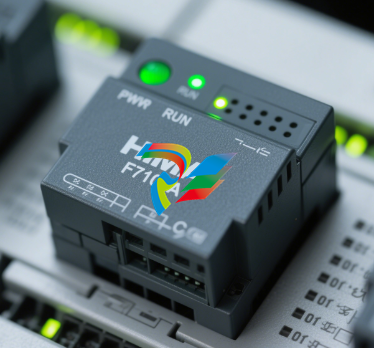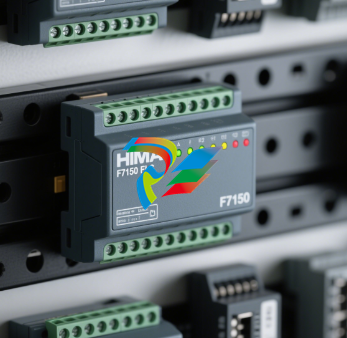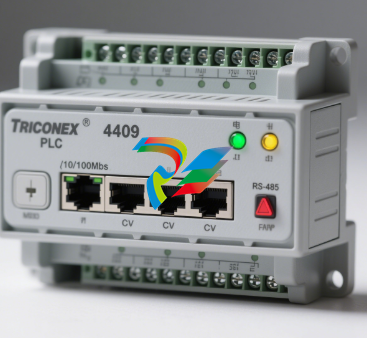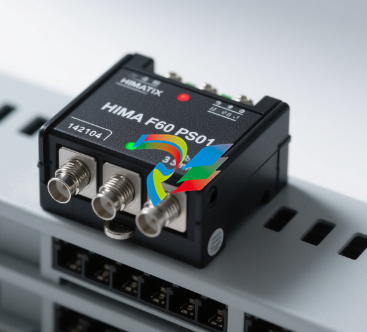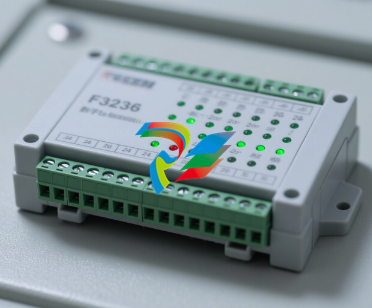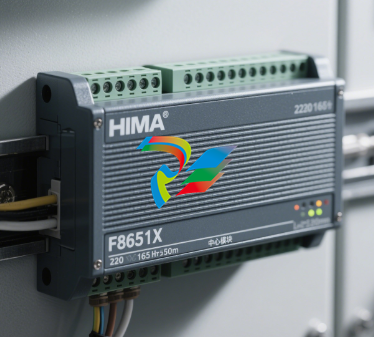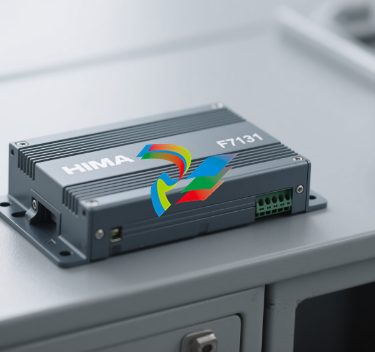
REF 541, REF 543 and REF 545 Feeder terminals
ABB REF 541/543/545 Feeder Terminal Technical Summary
Introduction
This document provides a comprehensive summary of the technical characteristics, functions, and applications of the ABB REF 541, REF 543, and REF 545 series of feeder terminals. These terminals are advanced devices designed for medium voltage networks, integrating protection, control, measurement, and supervision functions, and are a key component of the ABB Substation Automation system. The core content of this document is extracted from the official technical manual (1MRS 750443-MBG).
Core Functionality & Design
The REF 54 series feeder terminals integrate a wide range of functions into a single unit, designed to adapt to various switchgear configurations, including single busbar, double busbar, and duplex systems.
Multifunction Integration: The device integrates functions such as protection, control, measurement, communication, power quality analysis, and condition monitoring.
Model Differences: The main difference between the REF 541, REF 543, and REF 545 models is the number of available digital input and output (I/O) points.
Programmable Logic: It features powerful built-in PLC functionality compliant with the IEC 61131-3 standard, allowing users to perform flexible logic programming via the CAP 505 engineering tools to implement interlocking and sequential control required for substation automation.
Human-Machine Interface (MMI): Equipped with a large graphical display, which can be a fixed panel or an external module, for displaying user-customizable MIMIC single-line diagrams, measurement values, events, and alarm information.
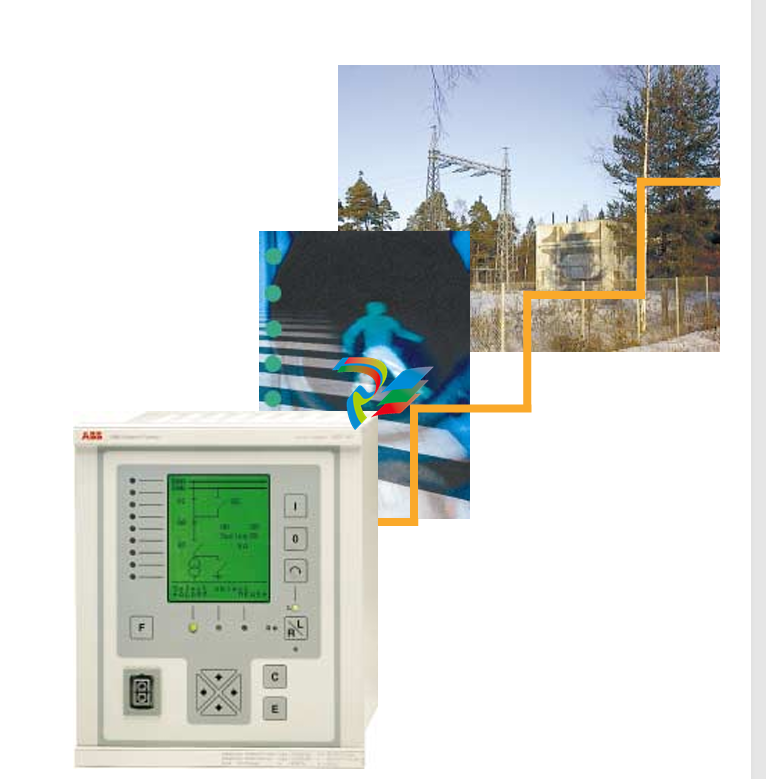
Protection Functions
Protection is the core of the REF 54 terminal. It uses independent protection function blocks and supports both conventional instrument transformers and modern sensors (like Rogowski coils and voltage sensors).
Overcurrent and Earth-Fault Protection:
Three-Phase Non-Directional Overcurrent Protection: Provides multi-stage protection, including low-set (NOC3Low, 51), high-set (NOC3High, 50/51), and instantaneous (NOC3Inst, 50) stages. The low-set start current range is
0.10...5.00 x In.Three-Phase Directional Overcurrent Protection: Also offers low-set (DOC6Low, 67), high-set (DOC6High, 67), and instantaneous (DOC6Inst, 67) stages.
Earth-Fault Protection: Includes non-directional (NEF1 series) and directional (DEF2 series) protection. Directional earth-fault protection uses residual voltage for polarization and supports various criteria such as
loSin(φ)andloCos(φ).Voltage Protection:
Residual Overvoltage Protection: (ROV1Low, ROV1High, 59N)
Three-Phase Overvoltage Protection: (OV3Low, OV3High, 59)
Three-Phase Undervoltage Protection: (UV3Low, UV3High, 27)
Thermal Overload Protection:
Provides specialized thermal overload protection models for cables (TOL3Cab, 49F) and devices (TOL3Dev, 49M/G/T). The device protection model considers complex factors such as starting current, cooling time constant, and ambient temperature.
Other Key Protections:
Auto-Reclosing (AR5Func, 79): Supports up to 5 reclosing shots.
Synchro-check (SCVCSt1/2, 25): Used for checking synchronization conditions before closing a line.
Circuit Breaker Failure Protection (CBFP, 62BF)
Under/Overfrequency Protection (Freq1St1...5, 81U/O): Provides 5 stages of frequency protection.
Inrush Detection (Inrush3, 68): Based on the 2nd harmonic principle to prevent mal-operation due to transformer magnetizing inrush current.
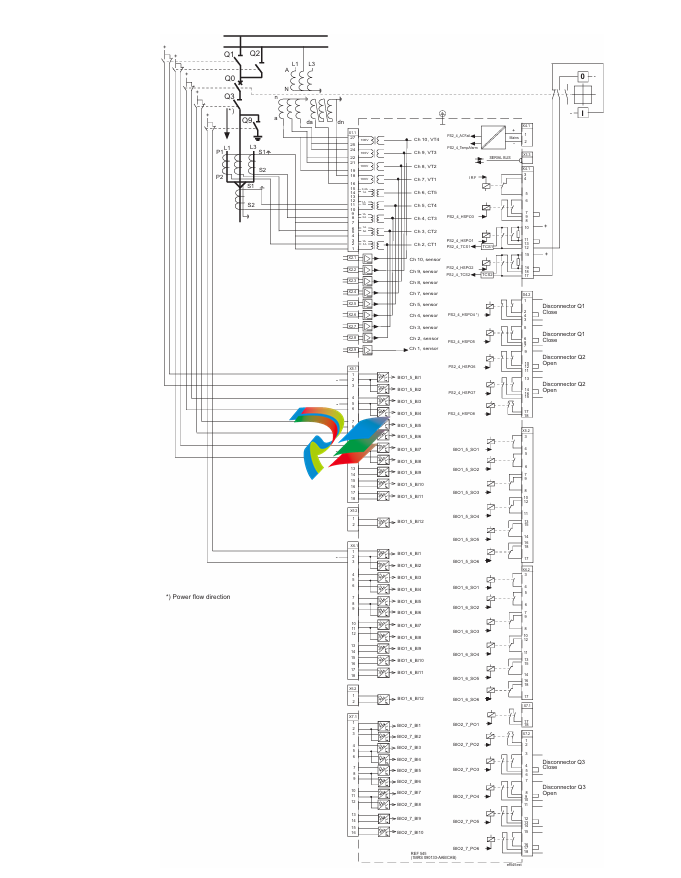
Control & Measurement
Control Functions: Supports local and remote control of switching devices like circuit breakers and disconnectors. The status of switches is intuitively displayed on the MMI via a configurable MIMIC diagram.
Measurement Functions: Capable of accurately measuring three-phase currents, voltages, residual current and voltage, frequency, power factor, active power, reactive power, and energy. Measured values can be used for display, logic programming, and reporting to higher-level systems.
Power Quality & Condition Monitoring
Power Quality:
Can measure Total Harmonic Distortion (THD) of voltage and current, and Total Demand Distortion (TDD) of current.
Can analyze individual harmonics up to the 13th order.
Data collection and analysis comply with standards such as EN 50160 and IEC 61000-4-7.
Condition Monitoring:
Circuit Breaker Monitoring: Includes electrical wear (CMBWEAR1), operation time counting (CMTIME1), trip/close coil circuit supervision (CMTCS1/2), etc.
Self-Supervision: Comprehensive internal self-diagnostic functions continuously monitor the operational status of hardware and software.
Temperature and Voltage Monitoring: Monitors the internal temperature of the device (over-temperature alarm at
+78°C) and the auxiliary power supply voltage.
Hardware & I/O
Analog Inputs: 9 or 10 analog channels depending on the configuration, supporting traditional CT/VT or sensor inputs.
Digital Inputs: REF 541/543/545 provide 15/25/34 galvanically isolated digital inputs, respectively.
Digital Outputs: A combination of high-speed power outputs (HSPO), power outputs (PO), and signal outputs (SO). For example, the REF 543 provides 9 double-pole power outputs.
RTD/Analog Module: The REF 541 and REF 543 can be optionally equipped with an RTD/analog module, providing 8 universal inputs for measuring temperature, DC voltage/current, and four 0-20mA analog outputs.
Communication
The device provides two serial communication ports for seamless system integration.
Front Port: An optical port (RS-232) using the SPA bus protocol, mainly for local PC connection and configuration.
Rear Port: A 9-pin port (RS-485), with selectable SPA or LON bus protocols. The LON bus can be used for peer-to-peer communication, significantly reducing hardwiring between terminals. The SPA bus communication rate is up to 19.2 kbps, and the LON bus is up to 1.2 Mbps.
Data Recording & Analysis
Transient Disturbance Recorder: Can record waveforms for up to 16 analog channels and 16 digital channels. The nominal sampling frequency is 2kHz in a 50Hz system. Recorded data can be uploaded and converted to the standard COMTRADE format using the DR-Collector tool.
Event Recorder: Records the latest 100 events with precise timestamps.
Application Areas
The flexibility of the REF 54 series allows for its wide application in various medium voltage scenarios:
Feeder Protection: For cable and overhead line feeders in radial, ring, or meshed networks.
Incomer Protection: For the protection and control of main incomers or bus-tie bays in substations.
Motor Protection: Provides a comprehensive protection scheme for medium-sized asynchronous motors.
Capacitor Bank Protection: Offers specialized protection functions for reactive power compensation capacitor banks.
Conclusion
The ABB REF 541/543/545 feeder terminals offer a powerful and compact solution for medium voltage distribution networks by highly integrating advanced protection, control, measurement, and monitoring functions into a single device. Their support for both traditional and modern sensing technologies, multiple communication protocols, and flexible I/O configurations ensures their wide applicability in new and retrofit projects, making them an ideal choice
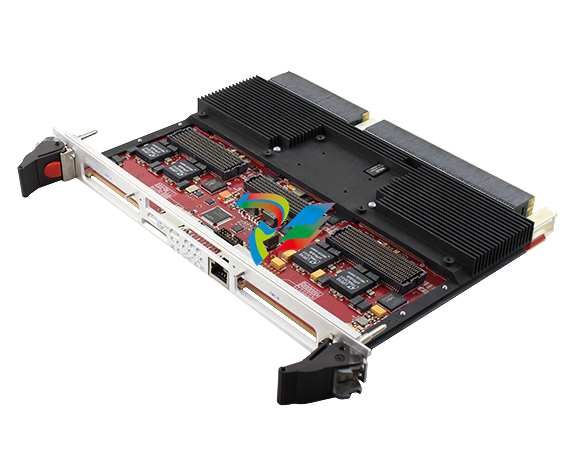

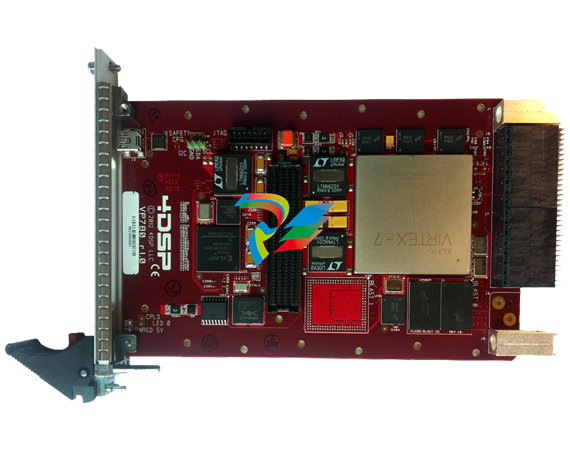
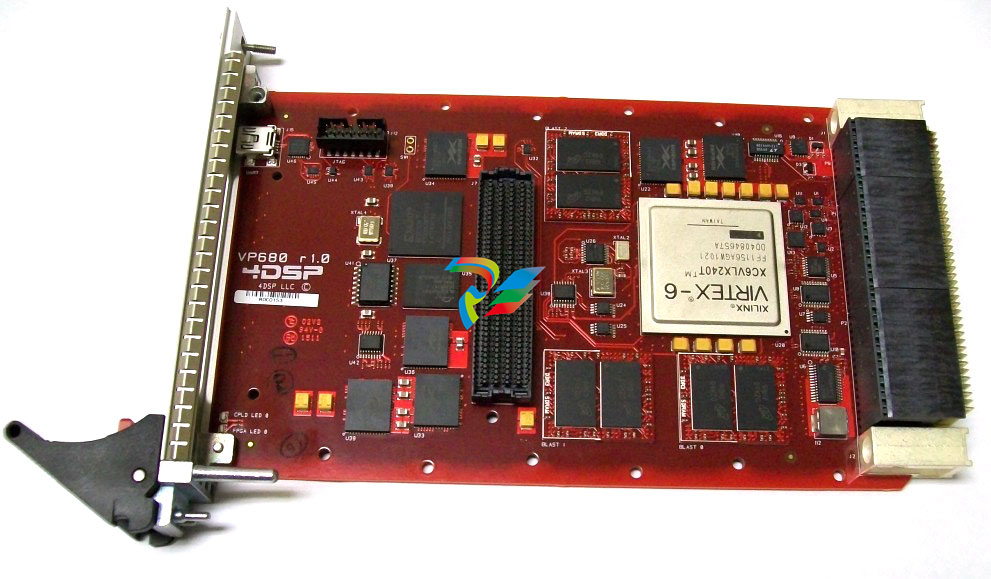
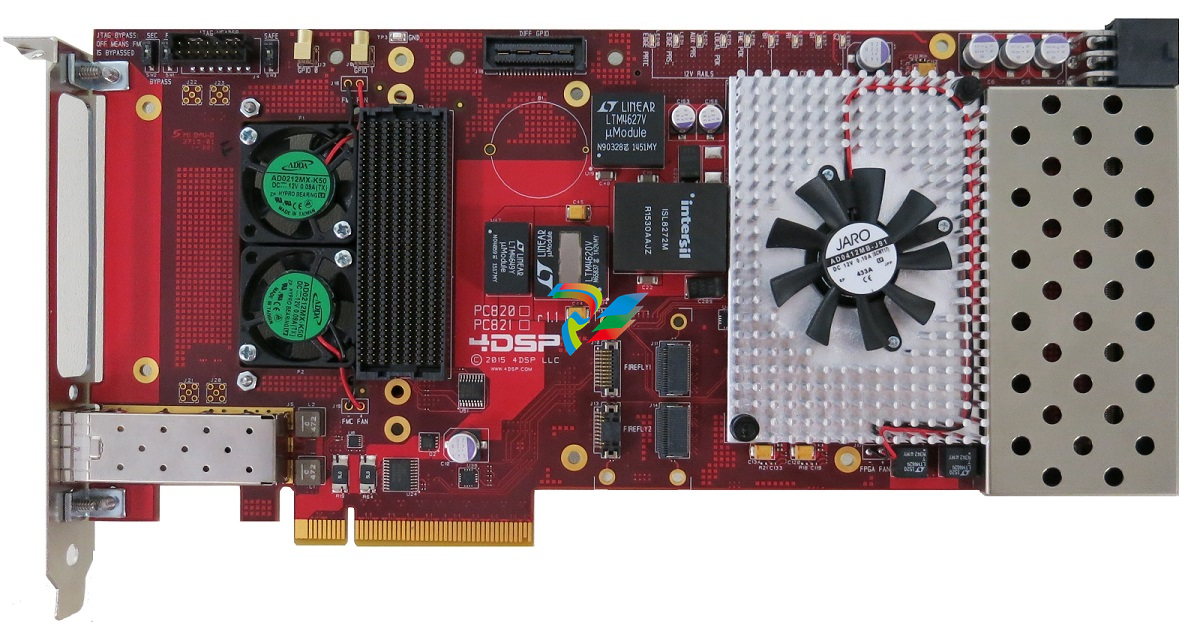
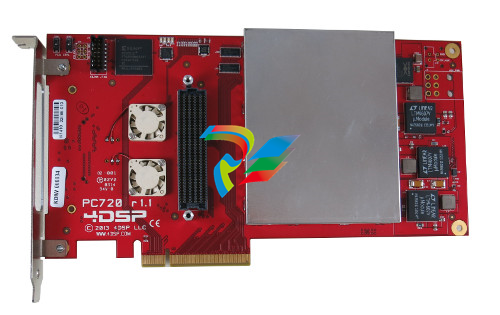
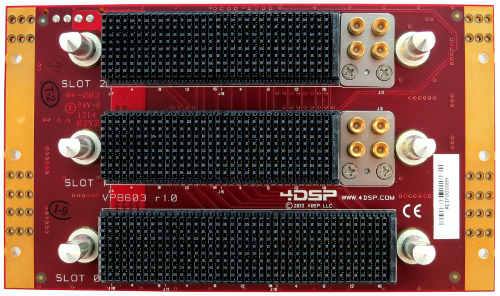
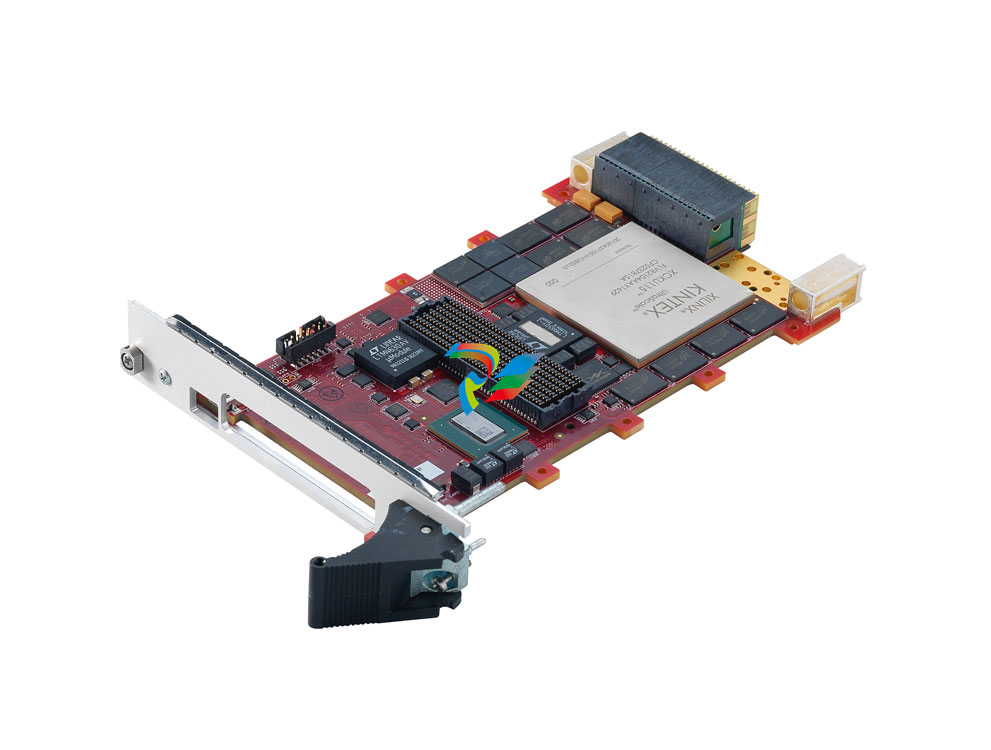
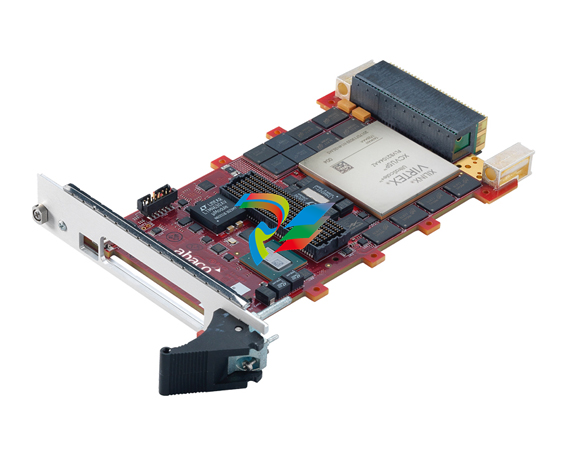
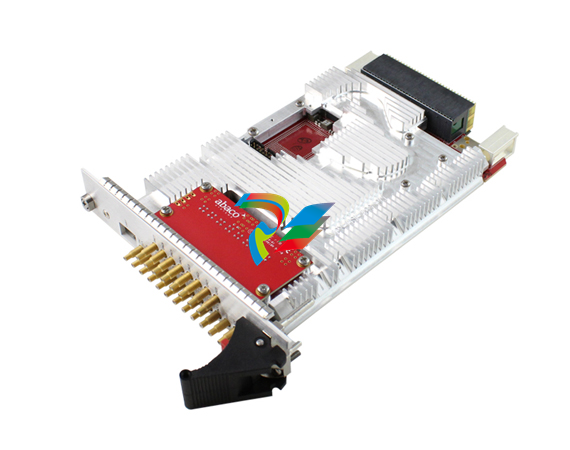
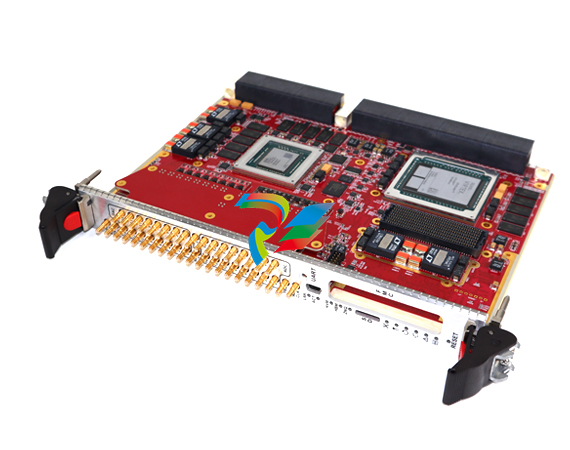
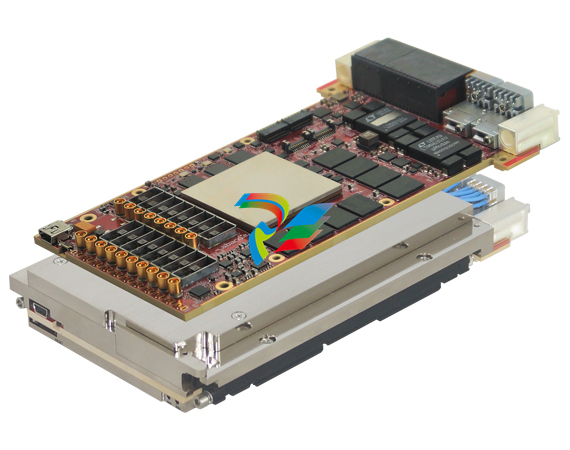
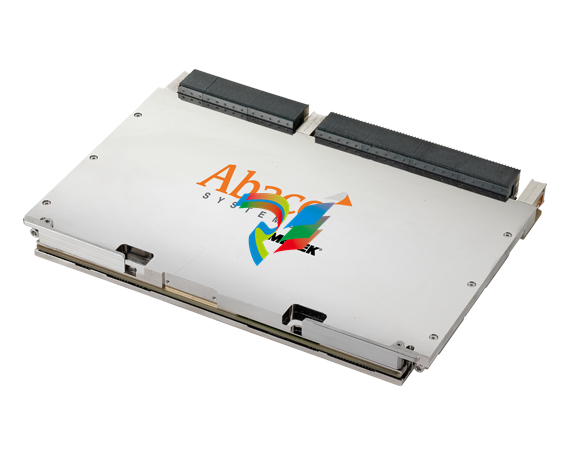
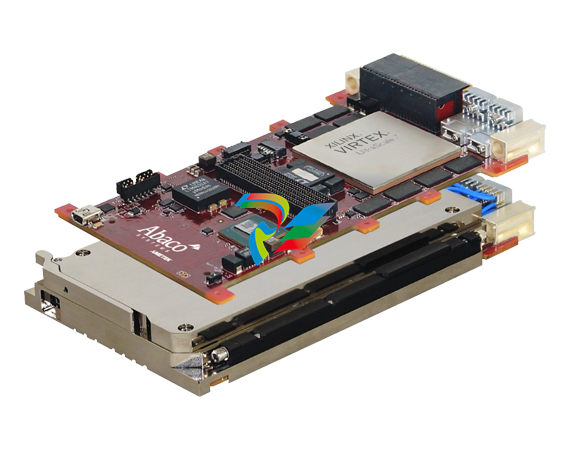
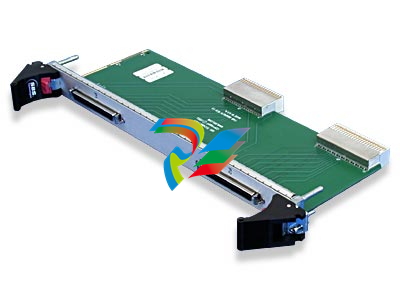

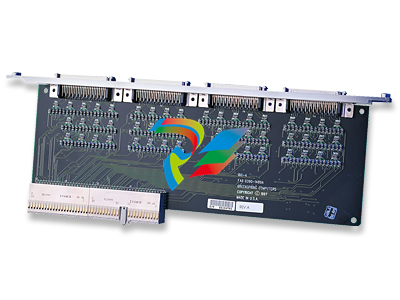
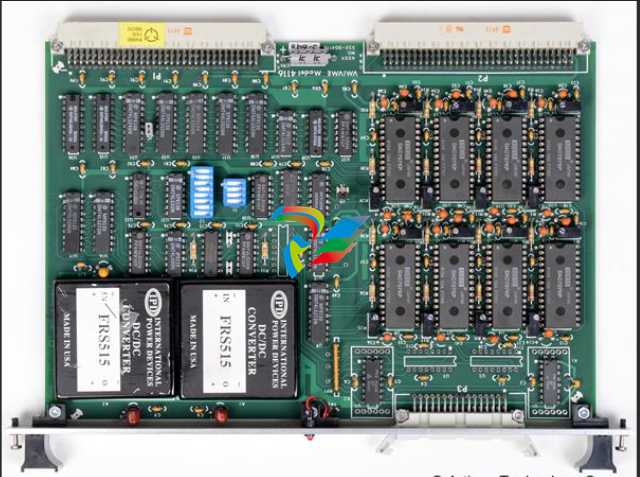
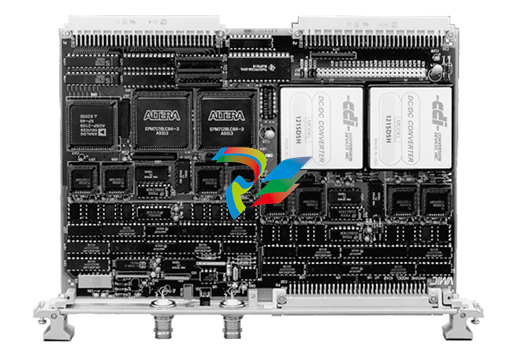
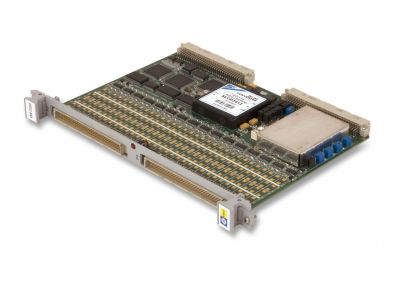
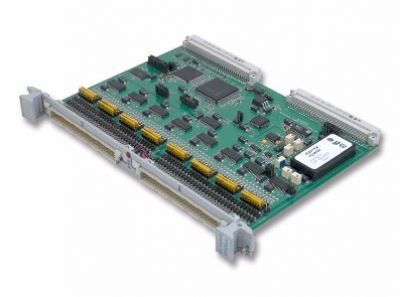
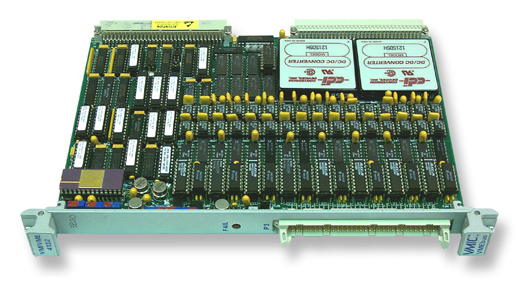
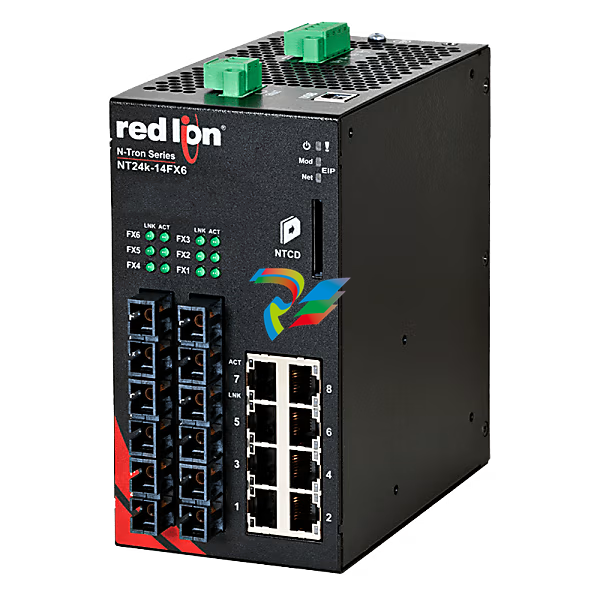
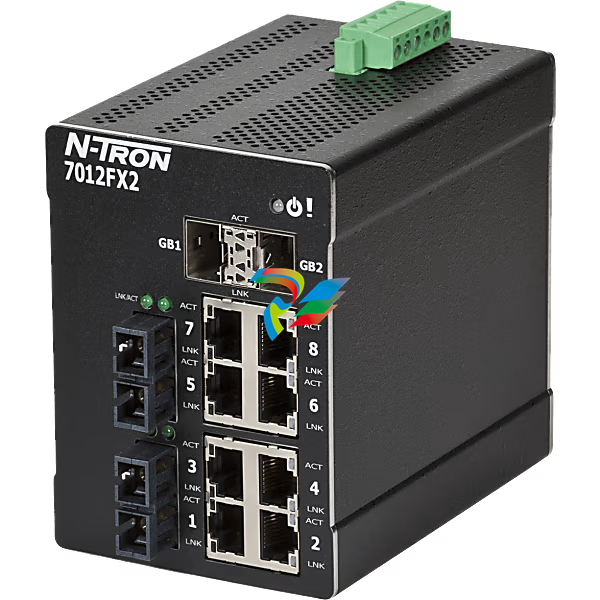
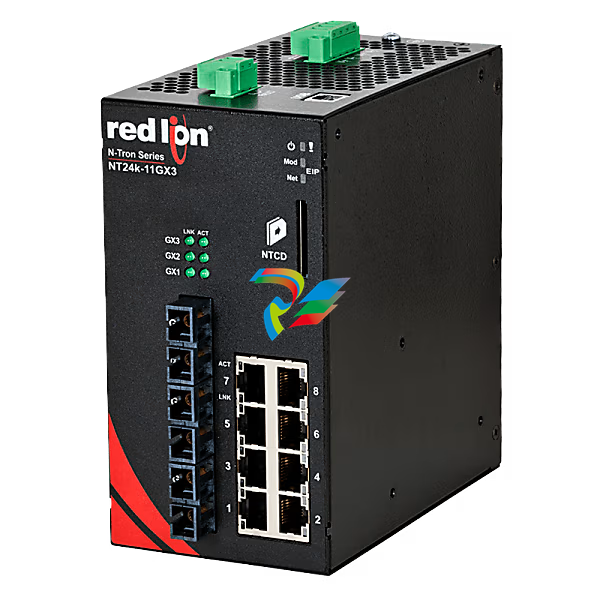
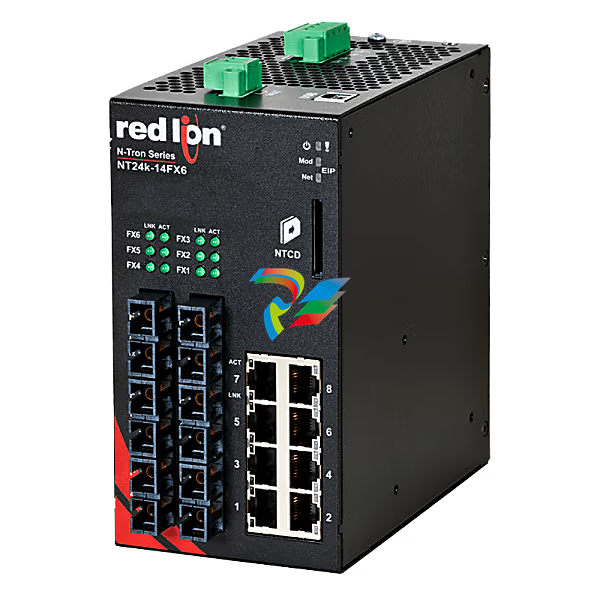
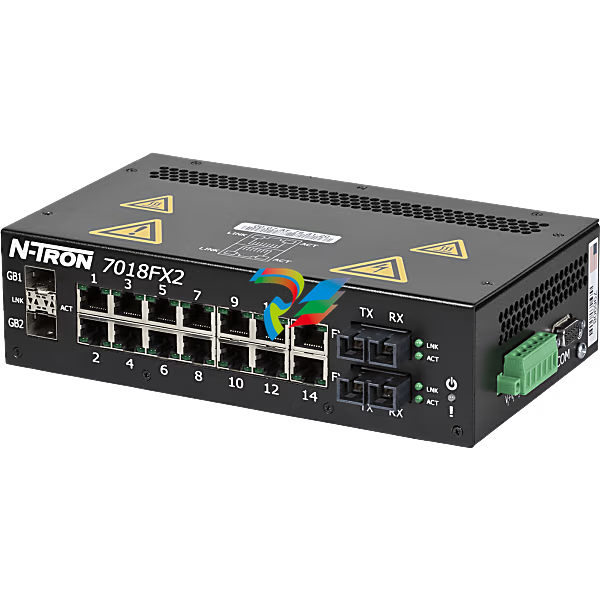
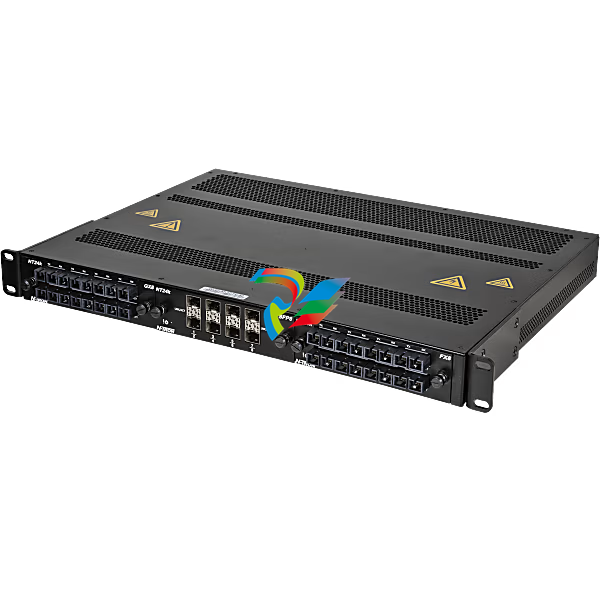
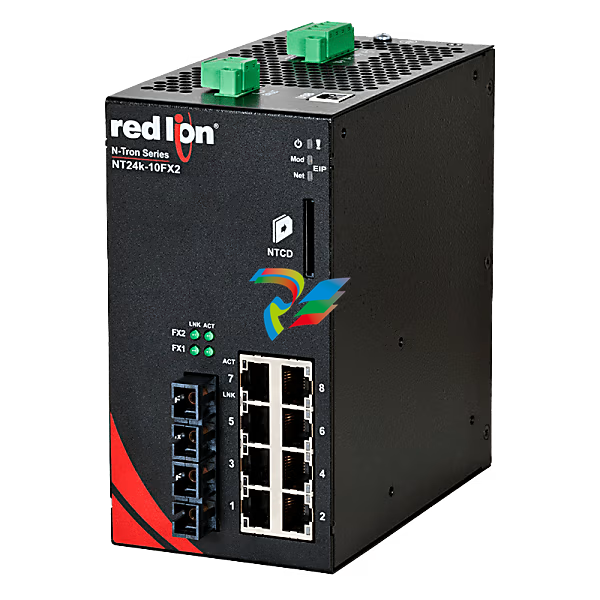
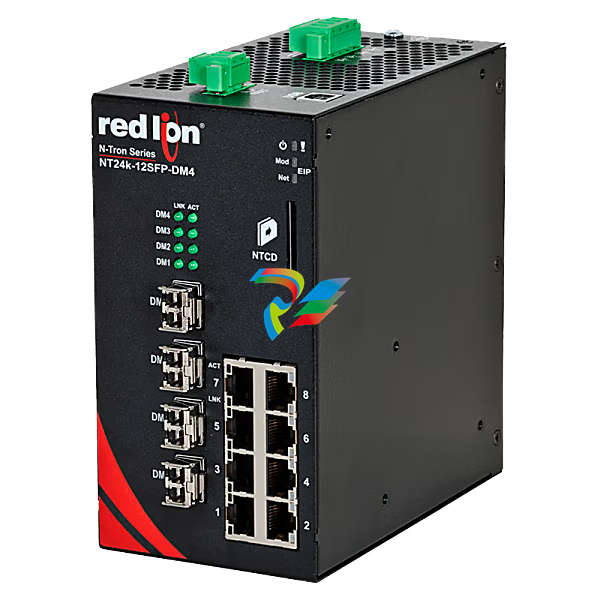
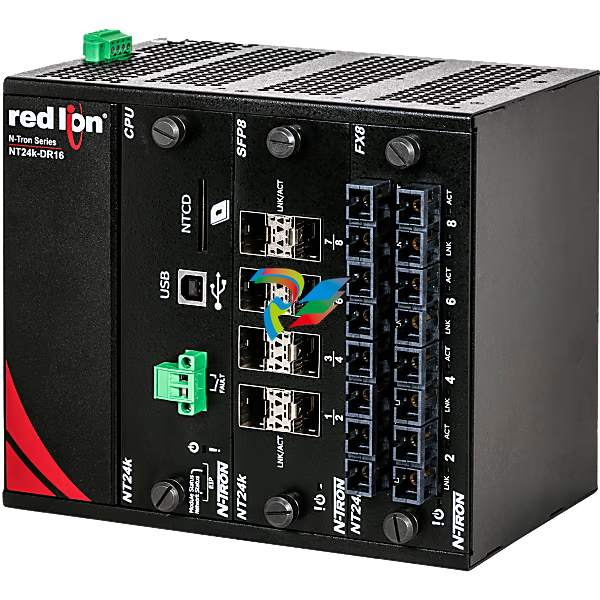
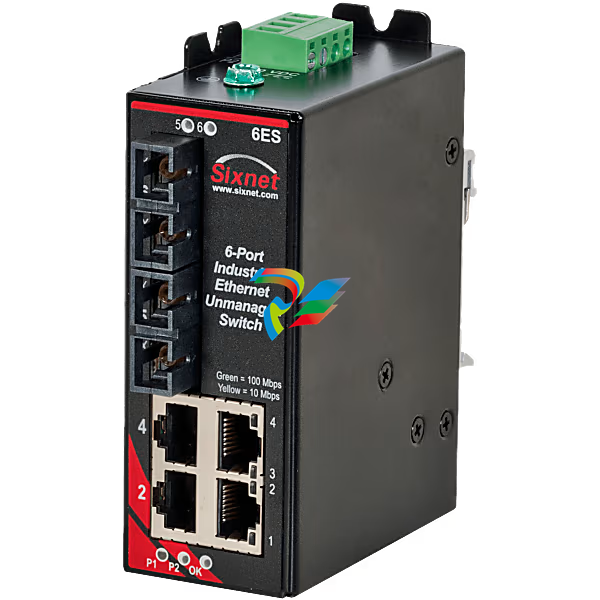
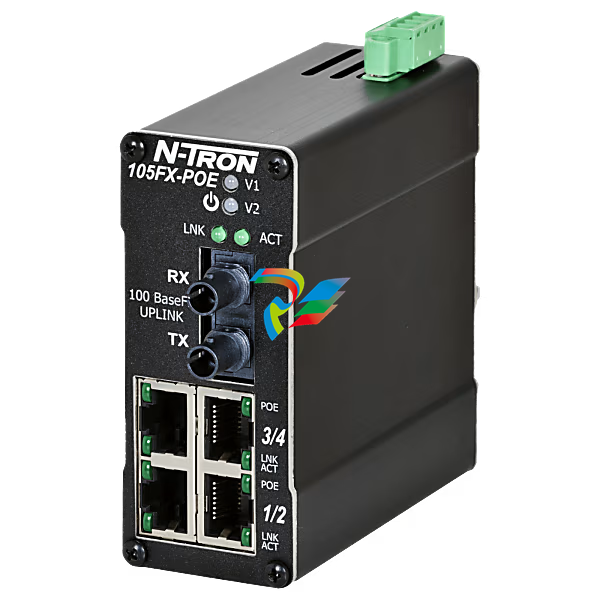
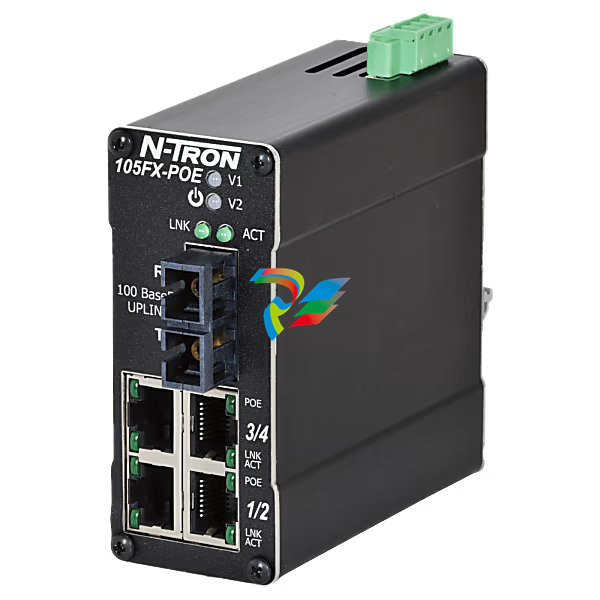
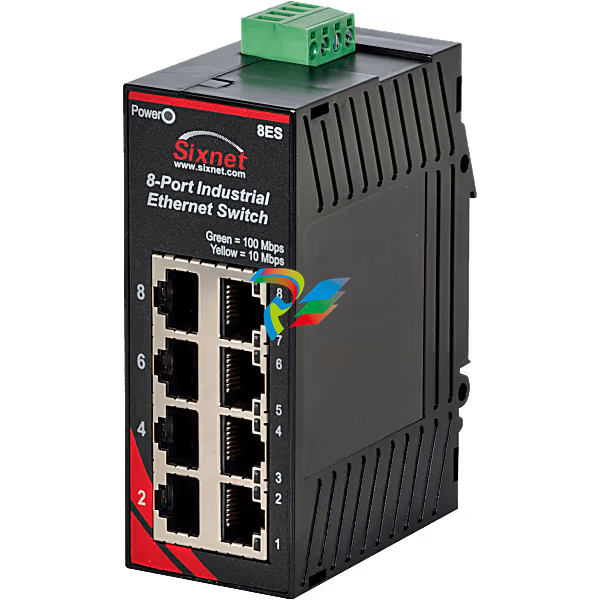
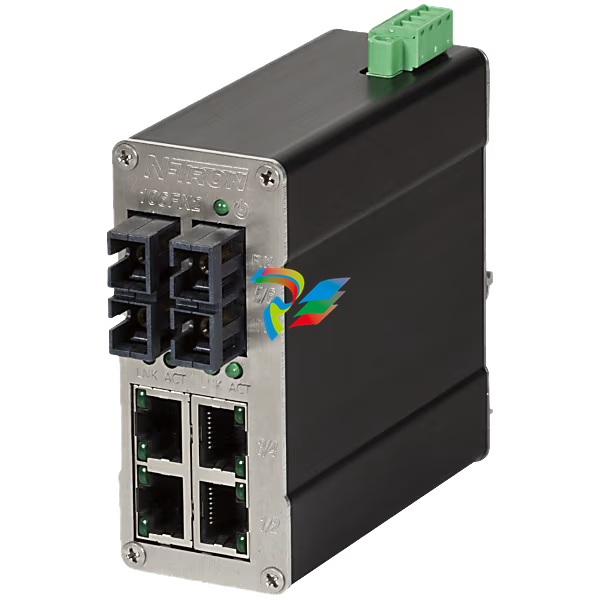
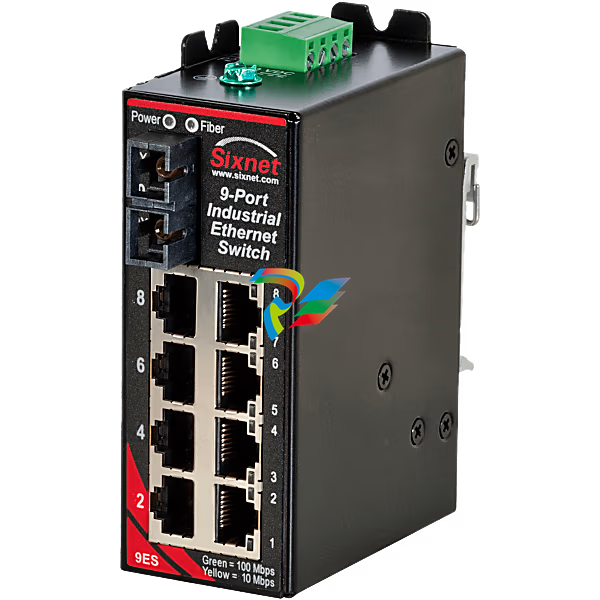
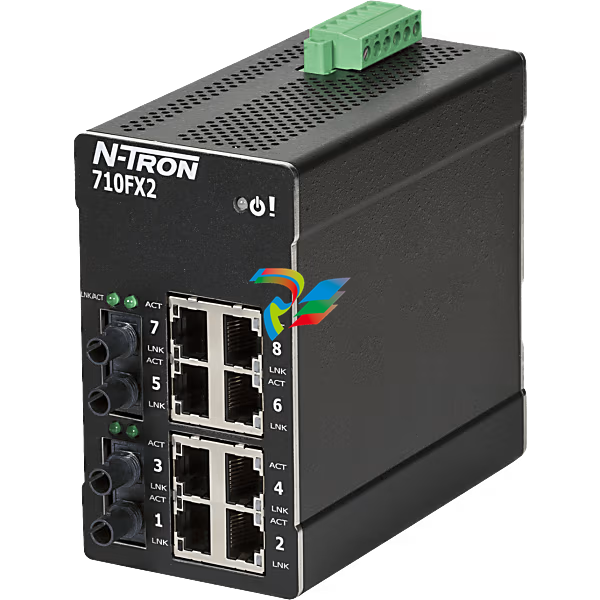
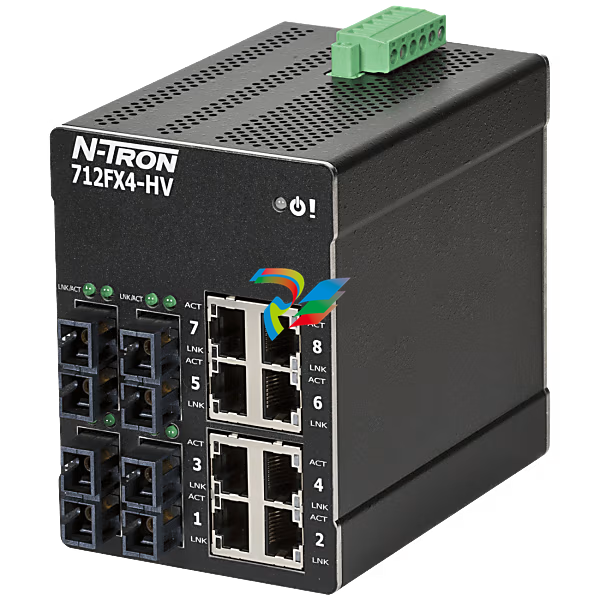
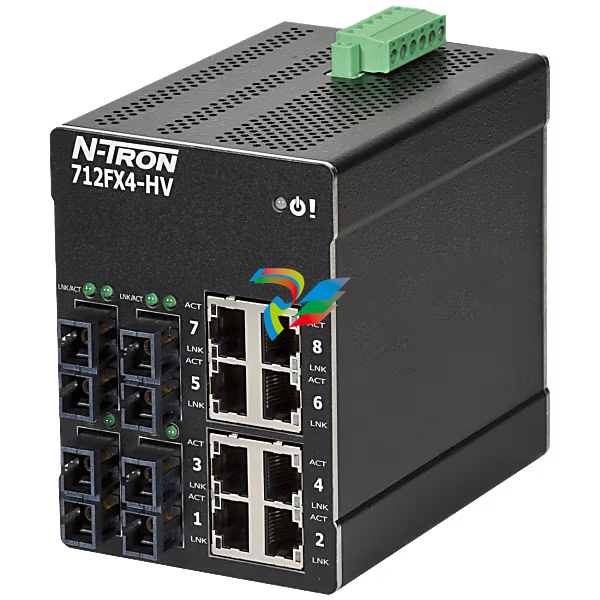
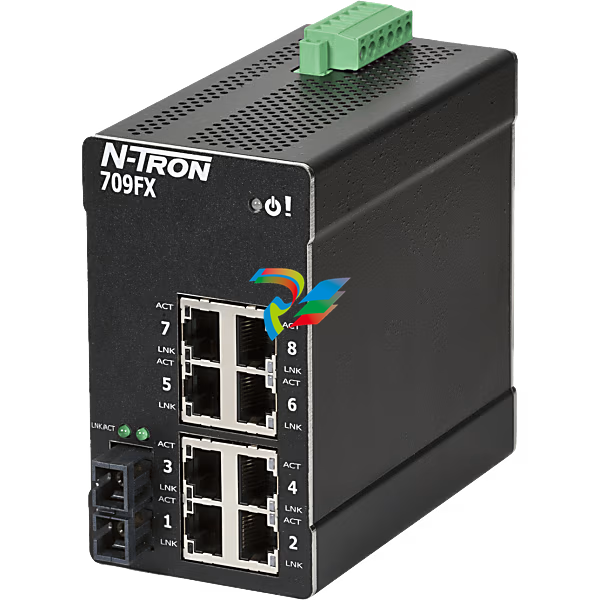
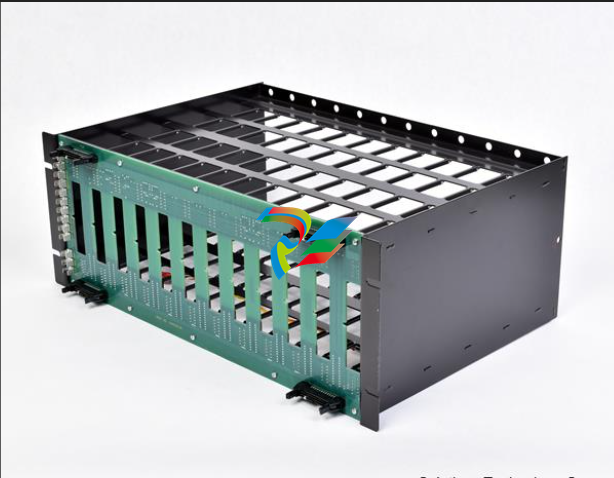
.png)

